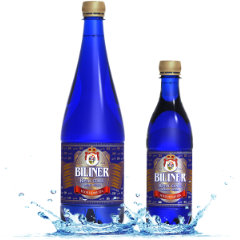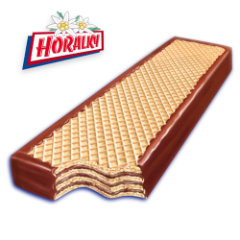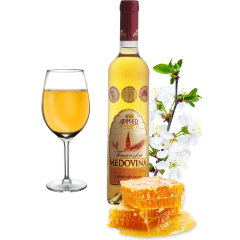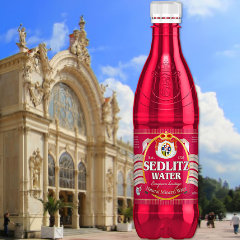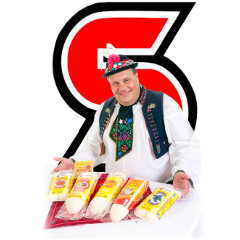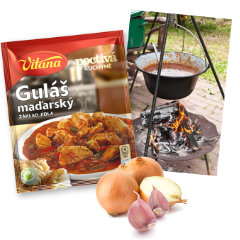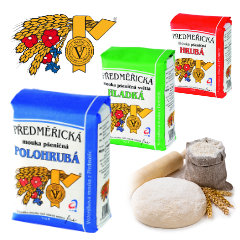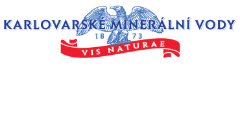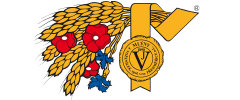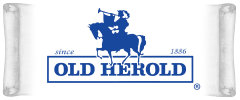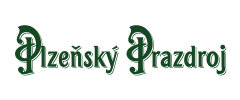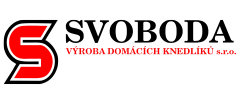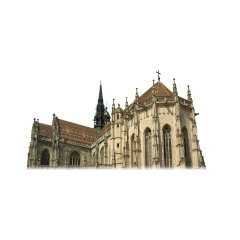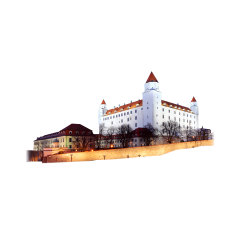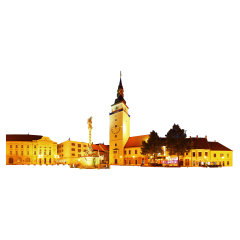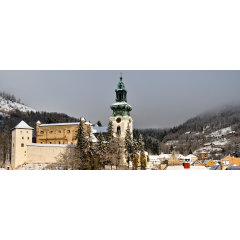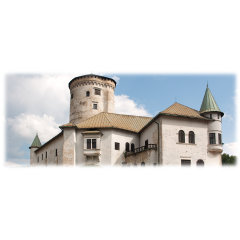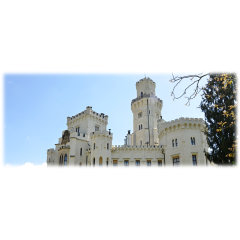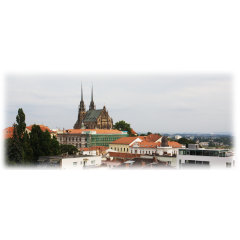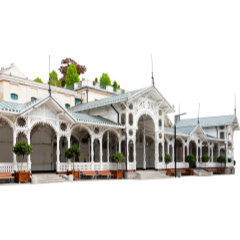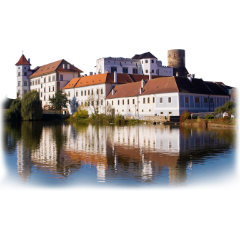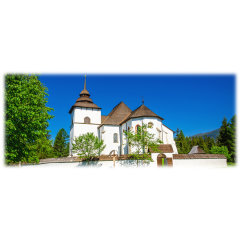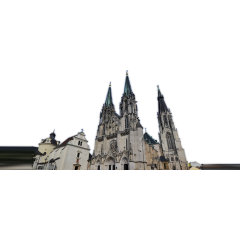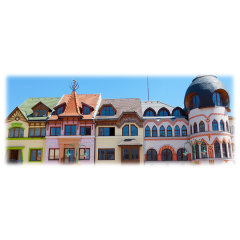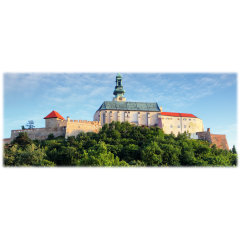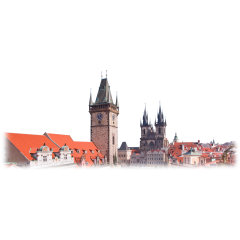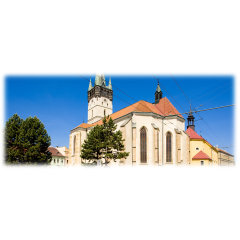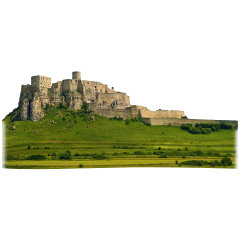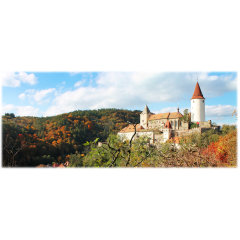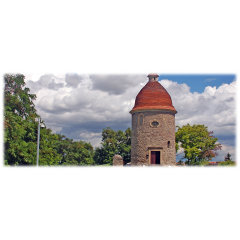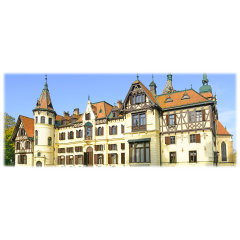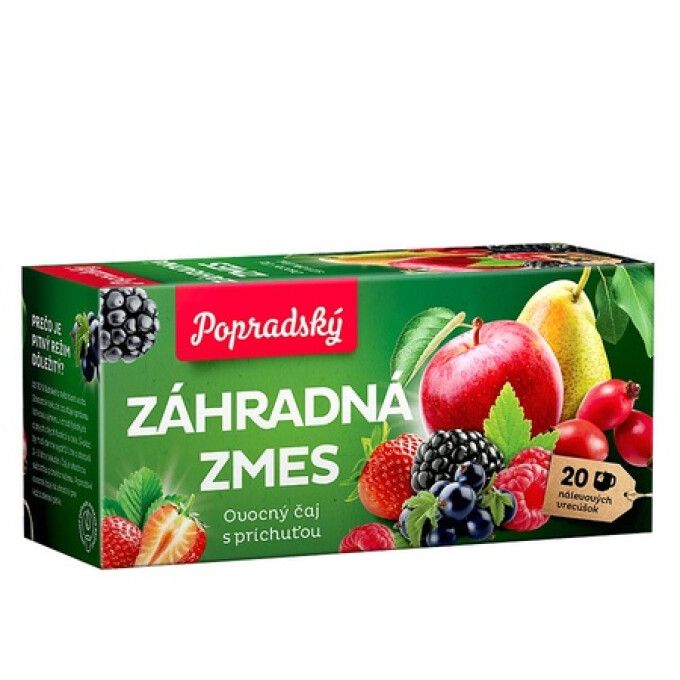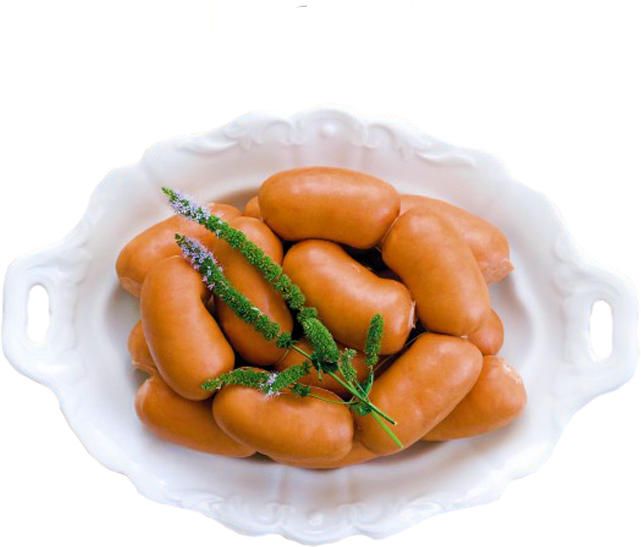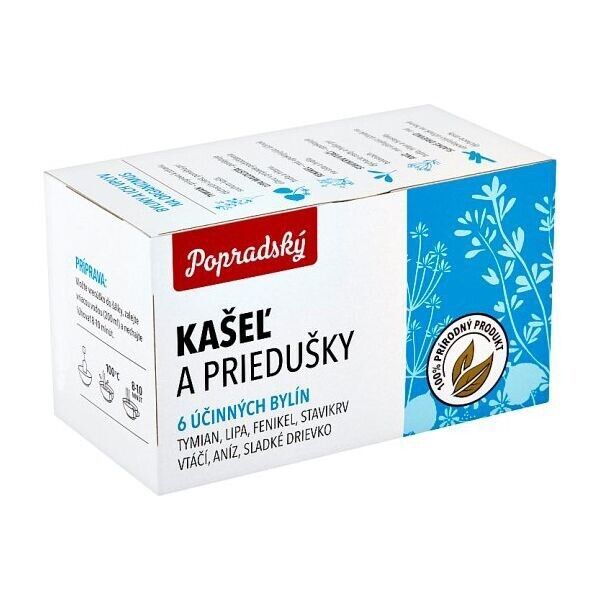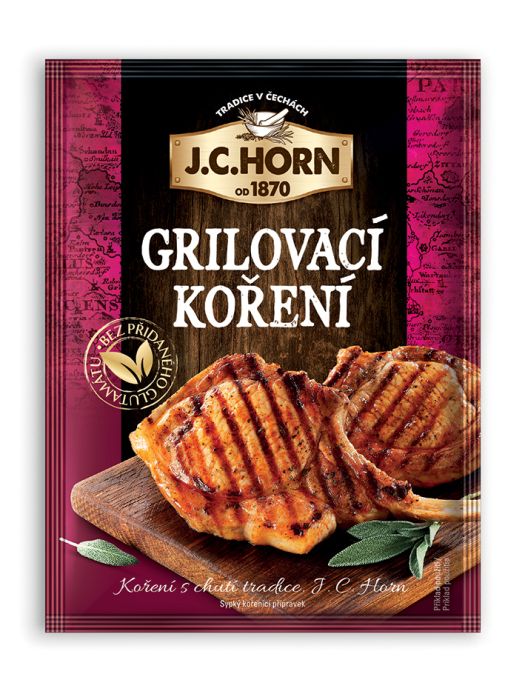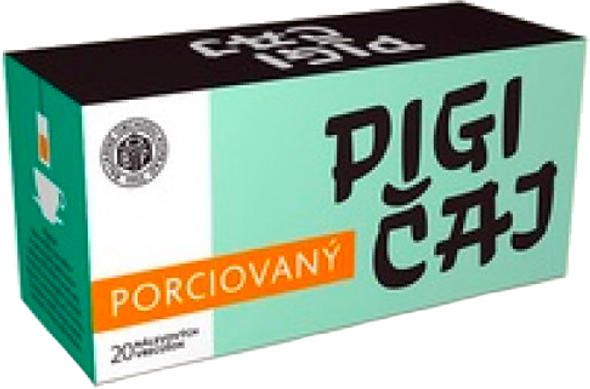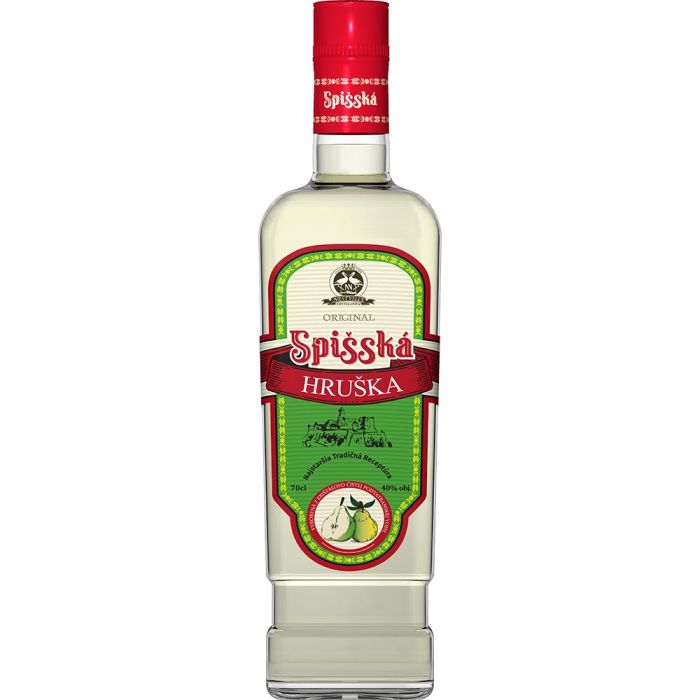Spis
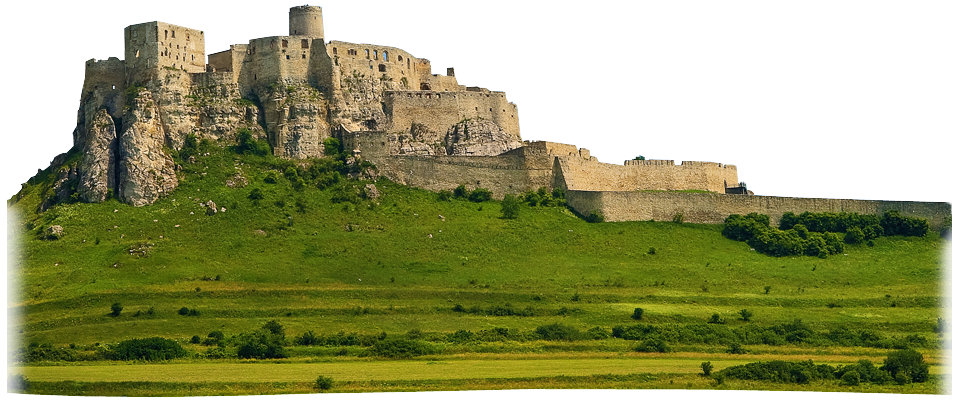
About Region
Spiš is from a certain point of view very similar to Switzerland. It had its own dialect, folk-dress and verbal communication. The Spiš region has been endowed by a really beautiful nature. Its northern part is surrounded by massive mysterious peaks of the High Tatras mountains, that merge with the Belianske Tatras and the unique scenery of the National Park Pieniny with the Dunajec river. The eastern border ends at the Levočské vrchy (Levoča Mountains) represented by the Branisko mountain. The High Tatras attract mountain climbers, in winter skiers and a lot of tourists as well. Having a very clear environment the High Tatras are used for healing respiratory illnesses. The Spiš region is also unusually rich on cultural and historical monuments. You can find them almost in every village. The evidence is the fact that some of them are a part of the world heritage acknowledged by the UNESCO - such as Spišský hrad (Spiš Castle), Spišská Kapitula, Spišské Podhradie, Žehra and Dobšinská ľadová jaskyňa (Dobšinská Ice Cave). Spiš Castle was built already in the 12. century. It stays on ruins of a former Celtic (later Slavic) hill-fort that had existed here already a long time before. Its surprisingly large area and a monumental architecture makes it the second largest castle in the Central Europe and one of the largest castles in Europe.
History
The history of the region until 1918 is given in more detail at Szepes county. The Spiš has always been a melting pot of many nations, cultures and religions - in a positive way. From the very beginning the Slovaks have always been a majority. The first German colonists came in the 12. century. The have been awarded royal privileges and successively founded a lot of independent towns and villages with very lively trade. The Hungarians settled down in the southern part in the 12. century, whereas people speaking the polish dialect ("gorals") settled close to the current northern border. Russniaks and Ukrainians settled usually in mountainy areas in the 14-th century. They brought their own culture, language, but also Eastern Christianity. Many Jews settled down in the Spiš region, too - especially in the village Huncovce. The number of gypsies rose rapidly since the 15-th century. You would find here people of the Roman-Catholic as well as the Greek-Catholic religion, Orthodox, Evangelic and Jews. They worked and lived together.
City to know about : Levoča
From the year 1922 Levoča was a seat of the Spiš County. Standing at the entrance gate of the Levoča city walls and looking at its large centre will assure you that you are in a town that had a big importance in the Middle-Ages. In the middle of the centre there are three nice looking buildings, typical for every city: a parish church of St. Jakob - a spiritual centre, a city town-hall - an administrative and a judiciary centre, and a department store - business centre. An Evangelic church with a huge cupola was built later. The church of St. Jakob is a unique one. Inside you can find 11 gothic and renaissance altars from the 15-th and 16-th century, including the highest wooden carved gothic altar in the world! Many of them were made by the famous local carver - sc. Master John Paul from Levoča. In the former town hall with a bell-tower from the 15-th and 17-th century you would find a museum today. It informs about the rich history of the town. In front of the museum, there is a symbolic "cage of shame" that was used for imprisonment of women in the Middle-Ages. Almost all the houses in the centre still have their original walls from the Middle-Ages. The most precious is the Thurzo´s house, the house of Master John Paul from Levoča. Levoča is the most important pilgrims centre in Slovakia. It is symbolised by the church at the Mariánska hora (Mariánska Mountain).
Nature
Slovak Paradise is a mountain range in Spiš. It is particularly known for its gorges and waterfalls.It is very popular with hikers as it has a number of unusual routes through gorges and waterfalls. There are numerous sections where fixed ladders are used to climb.
The area is protected by the Slovak Paradise National Park. There are more than 200 caves and underground abysses. Dobšinská Ice Cave, is an ice cave. The cave was discovered on 15 June 1870, The cave was opened to the public one year after its discovery. In 1887, it was the first electrically lit cave in Europe. The total ice volume was estimated at 125,000 cubic metres,[1] which makes it one of the most important ice caves in the world. The thickness of the ice reaches up to 26.5 m. The cave floor descends from the entrance which faces North; this results in rapid cooling of the cave in winter as cold air can fall down. On the other hand, the interior is quite protected from the warm environment in summer. Thus the annual temperature average stays around 0°C.



